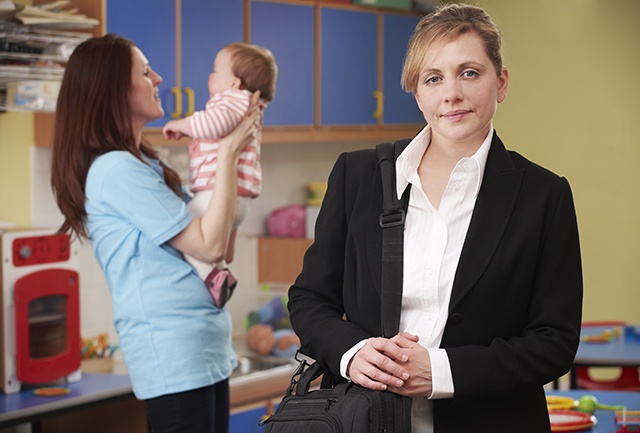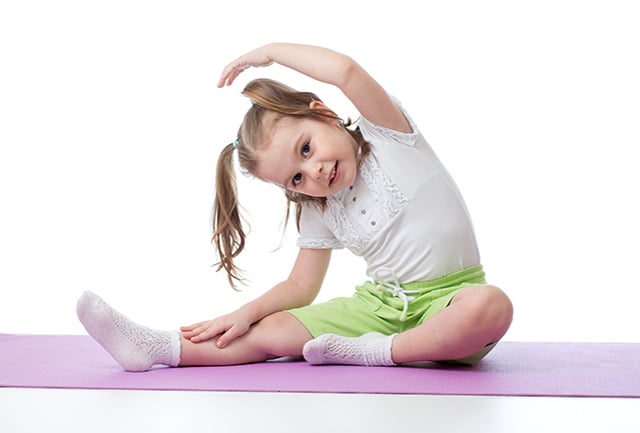
The flurry of activities surrounding holiday preparations can get everyone excited, and routines can get disrupted. The following tips adapted from the American Academy of Pediatrics (AAP) offer ways to keep your family safe and minimize disruptions during this busy time.
Toy Safety
- Select toys to suit the age, abilities, skills and interest level of the intended child. Toys too advanced may pose safety hazards for younger children.
- Before buying a toy or allowing your child to play with a toy that he has received as a gift, read the instructions carefully.
- To prevent both burns and electrical shocks, do not give young children (under age 10) a toy that must be plugged into an electrical outlet. Instead, buy toys that are battery-operated.
- Children under age 3 can choke on small parts contained in toys or games. Government regulations specify that toys for children under age 3 cannot have parts less than 1 1/4 inches in diameter and 2 1/4 inches long.
- Children can have serious stomach and intestinal problems – including death – after swallowing button batteries and magnets. Keep them away from young children, and call your health care provider immediately if your child swallows one.
- Children under age 8 can choke or suffocate on uninflated or broken balloons. Remove strings and ribbons from toys before giving them to young children.
- Watch for pull toys with strings that are more than 12 inches in length. They could be a strangulation hazard for babies.
- Parents should store toys in a designated location, such as on a shelf or in a toy chest, and keep older children’s toys away from young children.
Food Safety
- Bacteria are often present in raw foods. Fully cook meats and poultry, and thoroughly wash raw vegetables and fruits.
- Be sure to keep hot liquids and foods away from the edges of counters and tables where they can be easily knocked over by a young child’s exploring hands. Be sure that young children cannot access microwave ovens.
- Wash your hands frequently, and make sure your children do the same.
- Never put a spoon used to taste food back into food without washing it.
- Always keep raw foods and cooked foods separate, and use separate utensils when preparing them.
- Always thaw meat in the refrigerator, never on the countertop.
- Foods that require refrigeration should never be left at room temperature for more than two hours.
- Clean up immediately after a holiday party. A toddler could rise early and choke on leftover food or come in contact with alcohol or tobacco.
Happy Visiting
- Traveling, visiting family members, getting presents, shopping, etc., can all increase your child's stress levels. Trying to stick to your child's usual routines, including sleep schedules and timing of naps, can help you and your child enjoy the holidays and reduce stress.
- The homes you visit may not be childproofed. Keep an eye out for danger spots.
- Keep a list with all of the important phone numbers you or a baby-sitter are likely to need in case of an emergency. Include the police and fire department, your pediatrician and the national Poison Help Line, 1-800-222-1222. Laminating the list will prevent it from being torn or damaged by accidental spills.
Fireplaces
- Before lighting any fire, remove all greens, boughs, papers, and other decorations from fireplace area. Check to see that the flue is open.
- Use care with "fire salts" which produce colored flames when thrown on wood fires. They contain heavy metals that can cause intense gastrointestinal irritation and vomiting if eaten. Keep them away from children.
- Do not burn gift wrap paper in the fireplace. A flash fire may result as wrappings ignite suddenly and burn intensely.
Trees
- When purchasing an artificial tree, look for the label "Fire Resistant."
- When purchasing a live tree, check for freshness. A fresh tree is green, needles are hard to pull from branches and when bent between your fingers, needles do not break. The trunk butt of a fresh tree is sticky with resin, and when tapped on the ground, the tree should not lose many needles.
- When setting up a tree at home, place it away from fireplaces, radiators or portable heaters. Place the tree out of the way of traffic, and do not block doorways.
- Cut a few inches off the trunk of your tree to expose the fresh wood. This allows for better water absorption and will help keep your tree from drying out and becoming a fire hazard.
- Be sure to keep the stand filled with water because heated rooms can dry live trees out rapidly.
Lights
- Before using lights outdoors, check labels to be sure they have been certified for outdoor use. To hold lights in place, string them through hooks or insulated staples, not nails or tacks. Never pull or tug lights to remove them.
- Plug all outdoor electric decorations into circuits with ground fault circuit interrupters to avoid potential shocks.
- Turn off all decorative lights when you go to bed or leave the house. The lights could short out and start a fire.
Decorations
- In homes with small children, take special care to avoid decorations that are sharp or breakable. Keep trimmings with small removable parts out of the reach of children to prevent them from swallowing or inhaling small pieces. Avoid trimmings that resemble candy or food that may tempt a young child to eat them.
- Wear gloves to avoid eye and skin irritation while decorating with spun glass "angel hair." Follow container directions carefully to avoid lung irritation while decorating with artificial snow sprays.
- Remove all wrapping papers, bags, paper, ribbons and bows from tree and fireplace areas after gifts are opened. These items can pose suffocation and choking hazards to a small child or can cause a fire if near flame.
© 2010 - American Academy of Pediatrics





